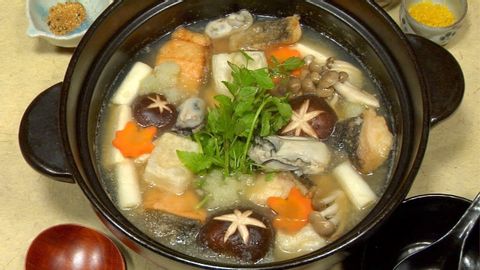
Subtitles & vocabulary
Video vocabulary
water
US /ˈwɔtɚ, ˈwɑtɚ/
・
UK /'wɔ:tə(r)/
- Uncountable Noun
- Clear liquid that forms the seas, rivers and rain
- Large area such as an ocean or sea
- Intransitive Verb
- (Of the eyes) to produce tears
- (Mouth) to become wet at the thought of nice food
A1
More soup
US /sup/
・
UK /su:p/
- Noun (Countable/Uncountable)
- Fairly liquid food made by boiling ingredients
A1
More salt
US /sɔlt/
・
UK /sɔ:lt/
- Uncountable Noun
- Natural white crystal used to flavor food
- Transitive Verb
- To add salt to food in order to improve its taste
- To add salt to ice in order to melt it
A2
More paper
US /ˈpeɪpər/
・
UK /ˈpeɪpə(r)/
- Uncountable Noun
- Academic writing or a talk on a specific topic
- Written test
- Adjective
- Not existing in reality, or done infrequently
- Made from the material that we use to make books
A1TOEIC
More Use Energy
Unlock All Vocabulary
Unlock pronunciation, explanations, and filters
